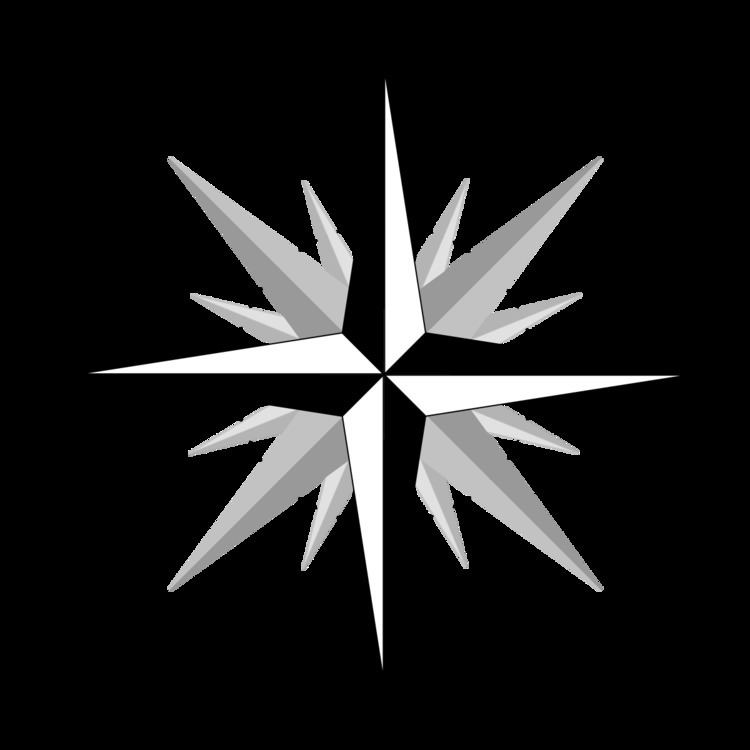 | ||
Sirocco, scirocco, /sɪˈrɒkoʊ/, jugo or, rarely, siroc (Catalan: Xaloc, Greek: Σορόκος, Spanish: Siroco, Occitan: Siròc, Eisseròc, Libyan Arabic: Ghibli, Egypt: khamsin, Tunisia: chilli) is a Mediterranean wind that comes from the Sahara and can reach hurricane speeds in North Africa and Southern Europe especially during the summer season.
Contents
Development
It arises from a warm, dry, tropical airmass that is pulled northward by low-pressure cells moving eastward across the Mediterranean Sea, with the wind originating in the Arabian or Sahara deserts. The hotter, drier continental air mixes with the cooler, wetter air of the maritime cyclone, and the counter-clockwise circulation of the low propels the mixed air across the southern coasts of Europe.
Effects
The Sirocco causes dusty dry conditions along the northern coast of Africa, storms in the Mediterranean Sea, and cool wet weather in Europe. The Sirocco's duration may be as short as half a day or may last several days. While passing over the Mediterranean Sea, the Sirocco picks up moisture: this results in rainfall in the southern part of Italy, known locally as "Blood rain", due to the red sand mixed with the falling rain. Many people attribute health problems to the Sirocco, either because of the heat and dust along the African coastal regions, or because of the cool dampness in Europe. The dust within the Sirocco winds can cause abrasion in mechanical devices and penetrate buildings.
Sirocco winds with speeds of up to 100 kilometres per hour are most common during autumn and spring. They reach a peak in March and in November when it is very hot, with a maximum speed of about 100 km/h (55 knots).
When combined with a rising tide, the Sirocco can cause the Acqua Alta phenomenon in the Venetian Lagoon.
